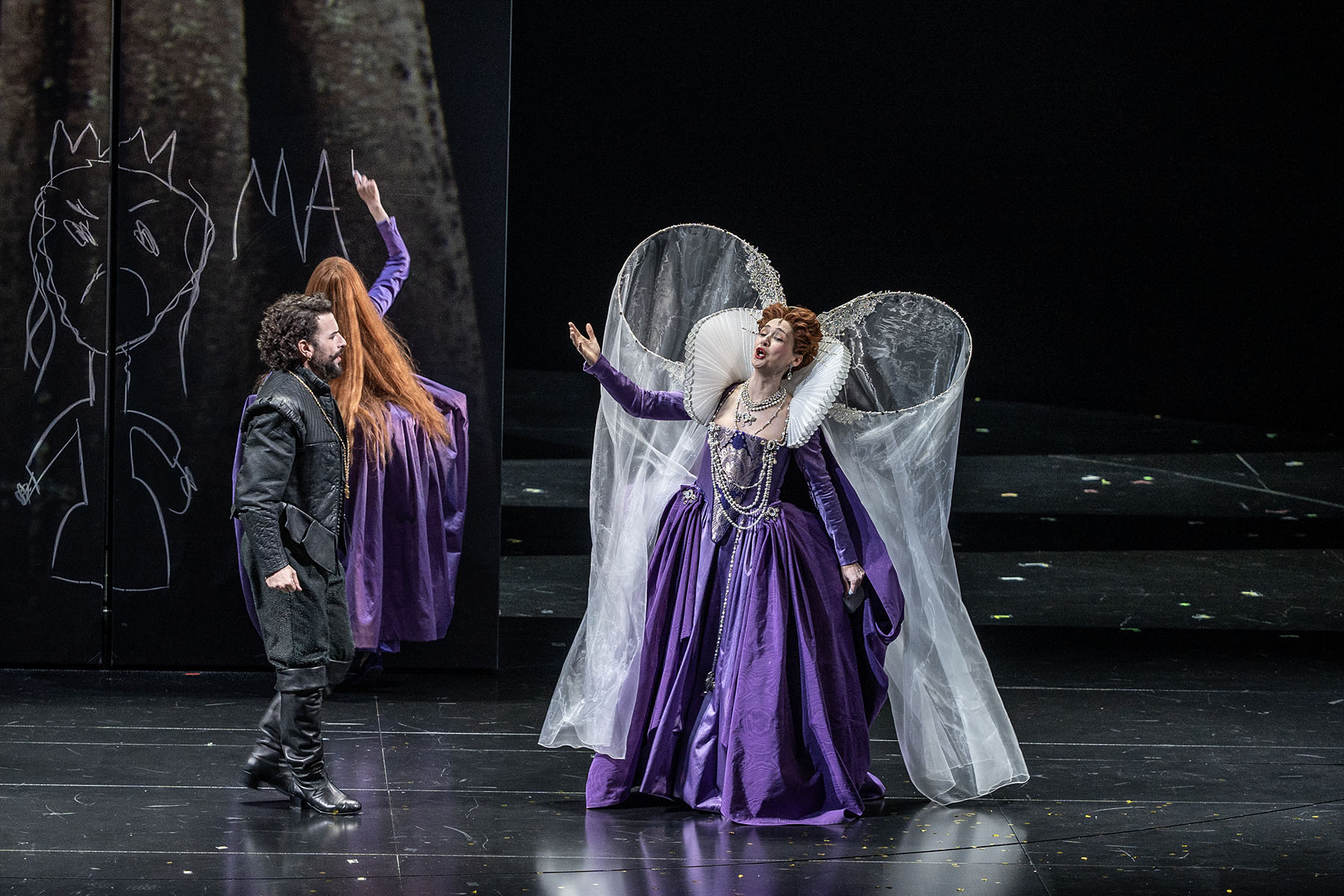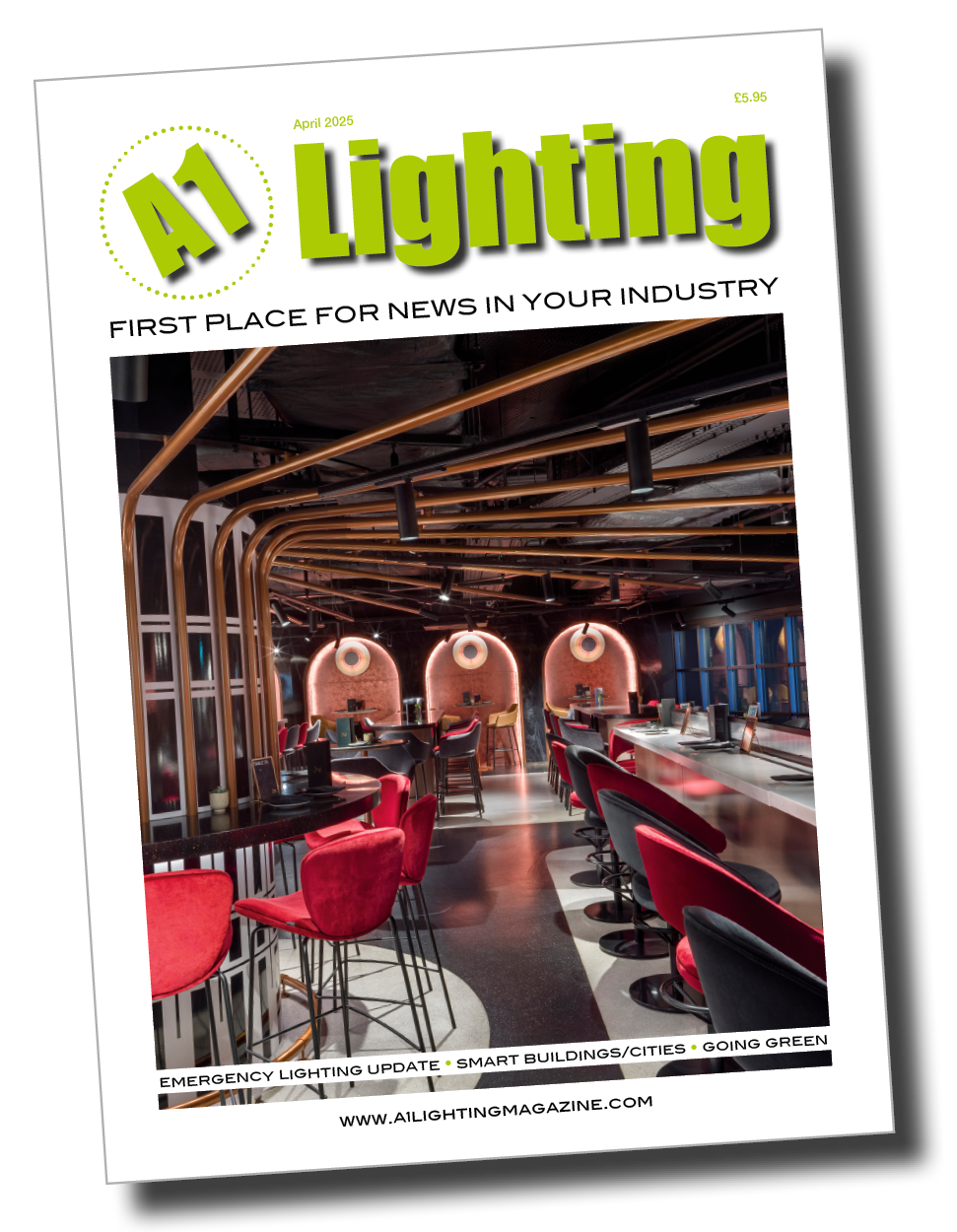
The impressive façade of the Theatre Royal de la Monnaie de Munt (Royal Theatre of the Mint) in central Brussels dates to 1818 and announces The National Opera of Belgium in great style and presence. Belgium’s leading opera house is a federal funded institution taking the name of this theatre in which it is housed – ‘La Monnaie’ in French or ‘De Munt’ in Dutch – referring both to the building and the opera company itself.
The theatre has just made a new lighting investment comprising Robe T2 Fresnels plus Robe Tetra1 and Tetra2 moving LED battens, which join its existing Robe T1 Profiles, two RoboSpot Systems running with T2 Profiles and 16 x Robe DL7S Profiles which were the first Robe purchases back in 2016.
Head of lighting Koen Raes explains that the main house will typically stage 8 opera productions per year in their 1200-capacity main house, of which around seven are usually new works plus one revival. All shows are acclaimed for their outstanding production values, talented artists, and creatives. This dynamic and interesting programme is original and exclusive to the Theatre Royal, whose house crew works with different external creative teams, but all the production elements are sourced where possible from the vast in-house resources.
When the initial Robe investment in 2016 was made, they already saw the writing on the wall and had the foresight to start converting the stage lighting to LED light sources. When the budget became available for this most recent purchase, Koen and his department – which includes 11 full time technicians and programmers – were fully focused on furthering this mission.
Several scenarios led them to the T2. “Firstly, we were getting requests for T2s from LDs,” explained Koen, “and secondly we are really happy with the quality of the Robe fixtures we already have, so it made sense to stay with the brand.”
Referring to the two T2 Profiles acquires with the two RoboSpot systems, he noted that the quality of the colour ranges and colour mixing were a major factor, together with the accuracy of the framing shutters, the general output and the low noise.
RoboSpots have revolutionised how the follow system can work in the venue. They now have the flexibility of being able to utilise different positions for their T2 Profile follow fixtures, choosing the optimal for each individual production, although taking advantage of the height and angle of the 4thbalcony has become a favourite.
Before, using conventional follow spots, the positions were higher up. It was more challenging to contain the light spillage onstage, it involved seat kills and they were noisy, so RoboSpots immediately eliminated all of those issues.
It also allows other elements of the Robe lighting rig to be used with them if desired.
The operators are positioned in the left and right side technical loges, a preferred position as they can feel the sound and atmosphere of the show right there beside them.
Six of their existing T1 Profiles are rigged off the highest balcony, where they have the power, the throw and all the features to look great onstage.
Koen mentions the importance of good support and back-up from the local distributor, and they are very happy with Benelux distributor Controllux and also with Robe direct.
Robe’s reliability is evident first hand by the fact that the DL7S luminaires are still going strong! They have had no issues since their installation nearly seven years ago, reports Koen.
The Tetras – 24 x Tetra2s and 4 x Tetra1 bars – were purchased to have something different and multipurpose, elucidated Koen. Rather than getting a quantity of PCs, they thought the Tetra2 would be more useful and functional as they can be footlights as well as cyc and set washes due to the lensing and intensity. On top of that, they can also be used as FX lights and specials.
Koen visited Robe’s factory in the Czech Republic last year and enjoyed meeting the team there including CEO Josef Valchar. “Having someone heading the company who is so hands on with the products, approachable and who listens is a great asset to the brand,” he observes, adding that he was impressed by the manufacturing setup and the general atmosphere at Robe HQ.
While the Theatre Royal de la Monnaie de Munt seems quite vast on the outside, the stage is actually very compact, and that’s one of the galvanising aspects of their ambitious full-scale productions. A repertory schedule would not be viable due to the space and the lack of room for convenient set storage, so instead shows will usually take up a six-week slot; three weeks of build, tech and rehearsals followed by a three-week run of shows.
A labyrinthine series of underground passages and tunnels – some large enough to drive a vehicle – connect the venue with multiple other adjacent buildings housing rehearsal studios, substantial scene storage areas, warehoused, technical rooms and copious, busy, bustling workshops and specialist ateliers, all helping to facilitate their world-class operas.
Photo by Simon Van Rompay.












